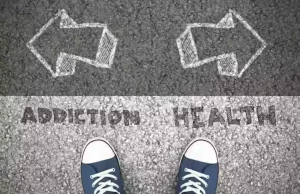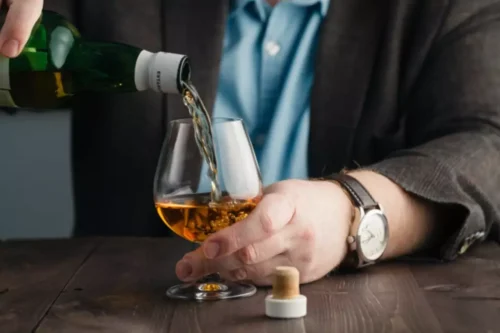
Drive for about 0.3 miles.Turn right onto Bake Pkwy (signs for Bake Parkway/Irvine Spectrum Center). Continue on Bake Pkwy for about 2.6 miles.Turn right onto Birtcher Dr.Your destination, Birtcher Dr, Lake Forest, CA 92630, will be on your right. The most common type of skin Twelve-step program cancer in these cases is basal cell carcinoma.
- Rosacea is a skin condition that is characterized by red cheeks or red patches on the face along with visible blood vessels.
- A medically supervised detox allows them to fully quit drinking in a safe, encouraging environment.
- Alcohol cannot be eliminated as a trigger for an alcoholic nose, but this does not have to mean that everyone who drinks alcohol should develop the condition.
- Since everyone has different levels of sensitivity to alcohol, those suffering from rosacea will have to test and build their own boundaries to avoid severe flare-ups of alcoholic nose.
Relapse Prevention and Aftercare
Rosacea affects the nose more in men and the cheeks more in women, which makes men much more likely to get rhinophyma than women. Rhinophyma has not been shown to be connected to alcohol use, and calling rhinophyma an “alcoholic nose” is not medically correct. Alcoholic’s nose, or rhinophyma, is a condition that causes the nose or other facial features to become swollen, enlarged, red, or misshapen, changing the appearance of the nose.
Enlarged Pores
- For those suffering from rosacea, it’s normal to feel self-conscious when experiencing pimples or redness of the nose.
- A “drinker’s nose” is actually a condition called rhinophyma, a side effect of rosacea.
- In the early stages of drinker’s nose, these symptoms will be mild to moderate in form.
- Some people can also experience small scatterings of red bumps that can be filled with pus and the skin could feel warm or mildly irritated.
- In extreme cases, the nose can become quite disfigured and make breathing difficult.
Attention must be given towards systemic treatment of rosacea and avoiding trigger factors to achieve symptoms control. Rhinophyma, also termed ‘end-stage rosacea’, is the most frequent phymatous manifestation of the disease. It starts as an accentuation of the normal tissue over the nose in alcoholic nose adolescence and young adulthood. Rhinophyma is commonly linked to chronic alcohol use, colloquially being misnamed ‘whisky nose’ or ‘rum blossom’.
- Still, its link to alcoholism brings it into our treatment conversations.
- If you or someone you know has a loved one with addiction, contact us today.
- Alcohol can cause an imbalance in blood platelet activity, as well as dehydration, which increases the risk of nosebleeds.
Tips to Prevent Alcoholic Nose

There is no cure for rhinophyma, and it typically does not go away without surgery. Having a big nose, even as a result of rosacea, is not necessarily a sign of alcoholism. Drinking alcohol enlarges the blood vessels, which makes them more susceptible to bursting.


In past years it was commonly believed that alcoholism is the root cause of this health issue. However, recent studies have shown that more and more people suffer from this problem who do not suffer from alcoholism or alcohol addiction. Rhinophyma is when the skin in and around the nose becomes https://ecosoberhouse.com/ infiltrated by fat cells. This happens gradually over time, beginning with the reddening of the skin on the top of the nose. It then progresses from reddening to disfigurement, with the main features being a bulbous swelling at the end of the nasal tip and a ridge or streak down one side of it.

The nose may also be ruddy and bumpy in appearance, caused by the way alcohol affects your blood vessels and pores. This is known commonly as ‘alcoholic nose’ and is an upsetting and concerning side effect of drinking too much. Rhinophyma is a condition that occurs when rosacea, a chronic skin disorder, spreads to the nose. Rosacea causes visibly red or swollen skin and sometimes bumps or acne-like conditions.
